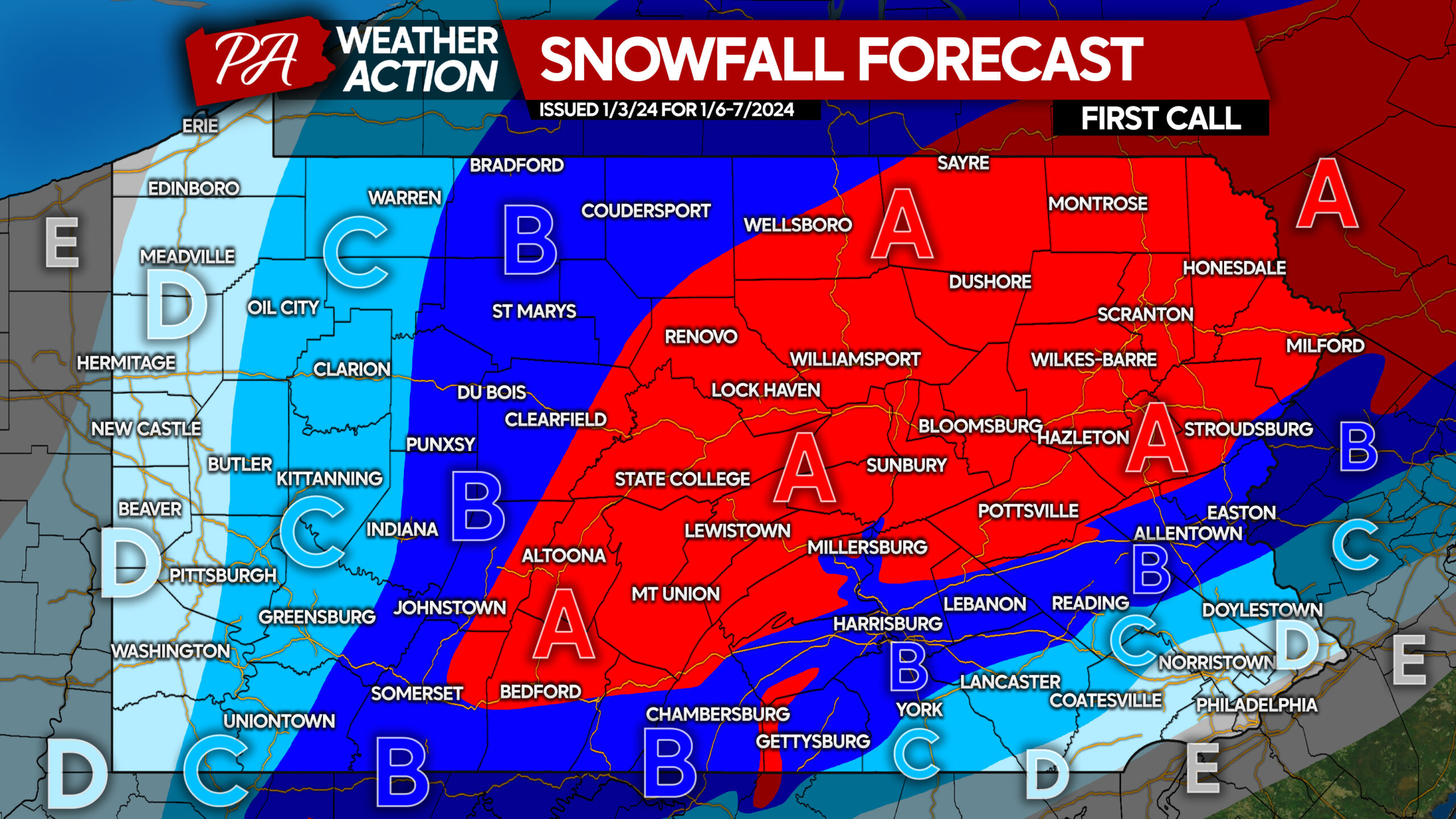Snow Forecast: Your Ultimate Guide To Predicting Snowfall - Weather Madness Updated Snow Map for the Snow Tonight into Thursday Temperature profiles play a significant role in snow forecasting. Meteorologists examine the temperature at different atmospheric levels to determine if conditions are conducive to snowfall. A slight increase in temperature can result in a shift from snow to rain, affecting the forecast's accuracy.
Weather Madness Updated Snow Map for the Snow Tonight into Thursday
Each model has its strengths and limitations, and meteorologists often compare results from multiple models to improve forecast accuracy.
Long-term snow forecasts, often referred to as seasonal forecasts, predict snowfall trends over several months. These forecasts consider large-scale climate patterns, such as El Niño and La Niña, to provide a general outlook for the winter season. While less precise than short-term forecasts, they offer valuable insights for long-range planning.
Snow forecasts are particularly important for regions that experience heavy snowfall regularly. They help in planning road maintenance, ensuring public safety, and organizing outdoor activities. Understanding the basics of snow forecasting can empower you to make informed decisions during the winter months.
While snow forecasting has improved significantly with advancements in technology, challenges remain. Factors such as localized weather patterns, terrain influences, and sudden changes in atmospheric conditions can affect forecast accuracy. Meteorologists continuously refine their methods to address these challenges.

Satellite imagery offers a broader view of weather patterns across large regions. It helps meteorologists identify developing storm systems and track their progression. Satellite data complements radar information, providing a comprehensive understanding of atmospheric conditions.
Stay ahead of the weather with reliable snow forecast data. By understanding how meteorologists predict snowfall and the factors that influence it, you can make better decisions and stay safe during the coldest months of the year.
In urban areas, snow forecasts focus on potential impacts on infrastructure and transportation. Cities often have unique microclimates, which can affect snowfall patterns. Meteorologists tailor their forecasts to address specific concerns, such as road conditions and public safety.

Transportation and logistics industries depend heavily on snow forecasts to maintain operations during winter. Airlines, railways, and shipping companies use forecast data to adjust schedules, reroute shipments, and ensure the safety of their personnel and passengers.
Staying safe during snowfall requires preparation and awareness. Here are some tips to help you navigate winter weather:
We encourage you to share this article with others who may benefit from it and leave your thoughts in the comments section below. For more insights on weather and climate, explore our other articles on the site.
Several key components are considered when creating a snow forecast: